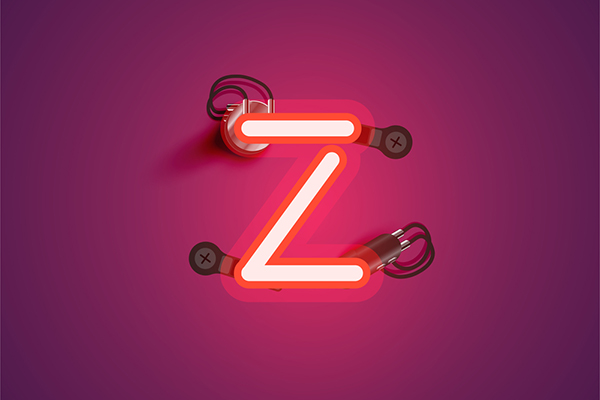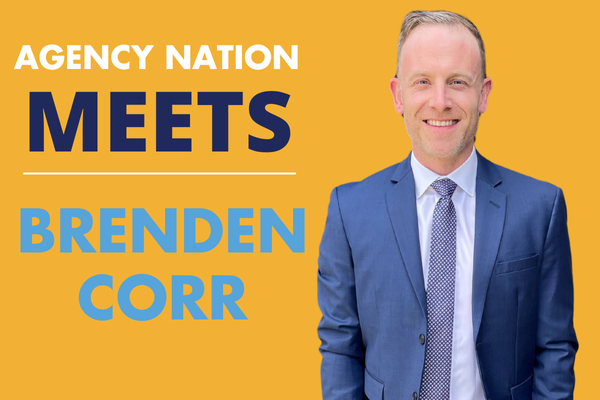How the Frozen Labor Market Is Impacting Agency Recruitment
In a change from the norm, companies are holding onto their employees because the risk of not being able to rehire is too great. Meanwhile, workers are staying put, wary of making a move in an uncertain environment.









